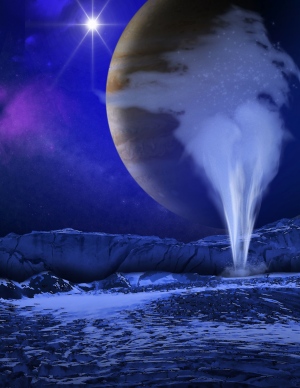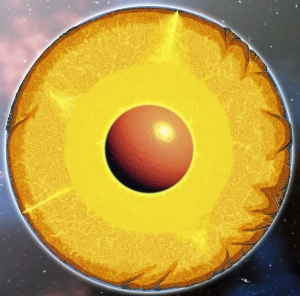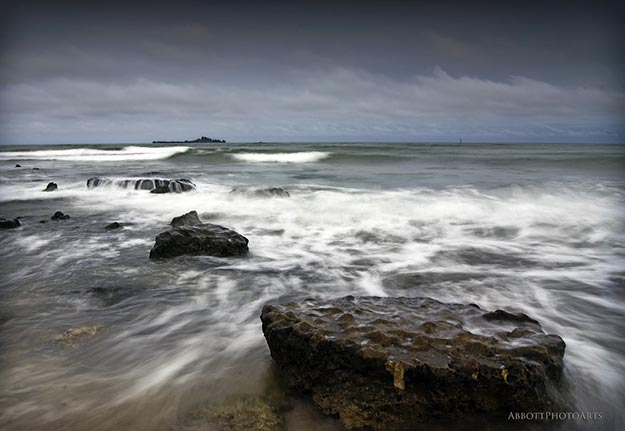
The plumes detected on Europa by the Hubble Space Telescope may be 200 kilometres tall, as depicted in this artist’s impression.
Jupiter’s icy moon Europa, home to a probable buried ocean, just added another twist to its exotic cool. The Hubble Space Telescope has spotted possible plumes of water spraying from Europa’s south pole.
The jets resemble the giant icy geyser seen on Saturn’s moon Enceladus. Plumes on Europa could be even more exciting because they hint at the ability to tap a subsurface habitat that might even harbour extraterrestrial life.
“If this pans out, it’s potentially the biggest news in the outer Solar System since the discovery of the Enceladus plume,” says Robert Pappalardo, a planetary scientist at the Jet Propulsion Laboratory in Pasadena, California, who was not involved in the research.
The work, reported today in Science1, comes with plenty of caveats. Although previous theoretical work suggested that plumes could exist on Europa, earlier tantalizing hints of them have come to nothing. This time, Hubble spotted the potential plumes in just one observation. And if they do turn out to be real, the plumes might not even be connected to the moon’s deep subsurface ocean. Read more











